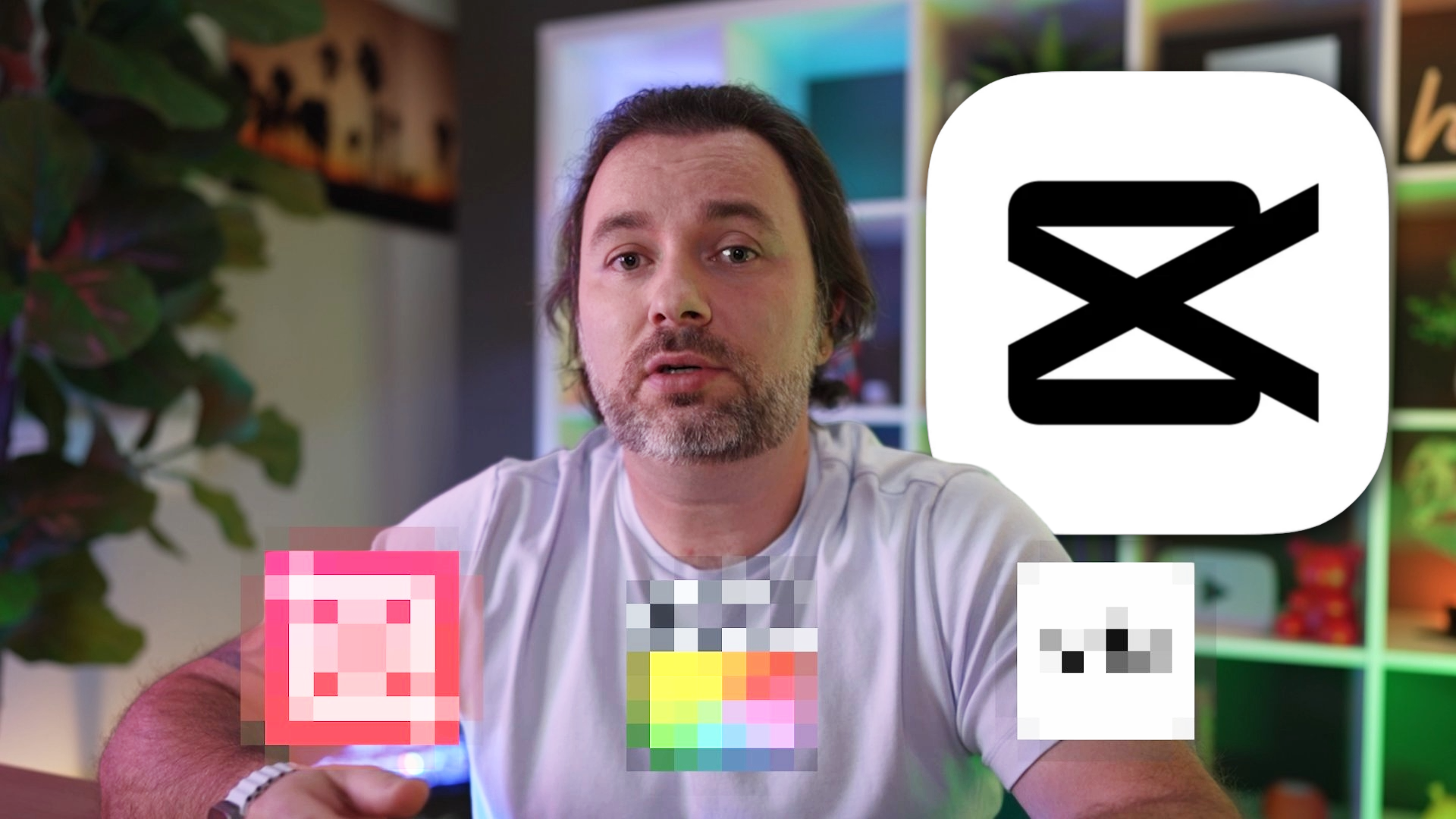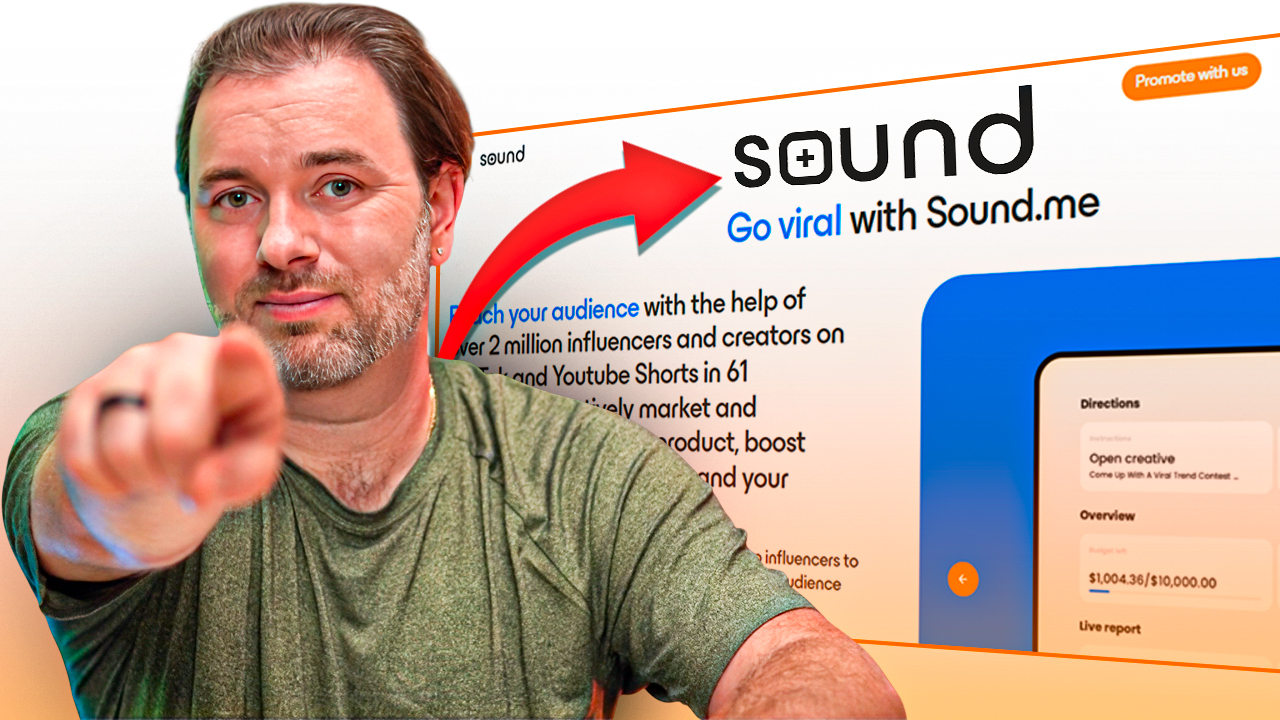TikTok Hooks That Actually Work
Why Hooks Matter
TikTok’s algorithm uses watch time, completion rate and click‑through rate as key ranking signals. Research from TikTok’s business team shows that videos with a strong opening in the first three seconds are favoured by the algorithm and are more likely to be pushed to For‑You pages. Another marketing study found that 63 % of videos with the highest click‑through rate highlight their product or message within the first three seconds. High‑quality content creators also enjoy 67 % more watch time per view, three times as many views and more than forty times greater follower growth. Since the average user spends about 95 minutes per day on TikTok and around 90 % of that time is on the For‑You feed, grabbing attention instantly is essential – otherwise users will simply swipe past.
Engagement within these first moments can also influence completion rates: a social media video marketing study found that videos with a strong opening see roughly three times higher completion rates. This means a compelling hook not only increases the likelihood of viewers watching to the end but also signals quality to the algorithm.
The Three Ingredients of a Powerful Hook
A great TikTok hook is more than a catchy line – it is a mini‑strategy designed to stop the scroll and invite viewers into your story. Effective hooks typically combine the following elements:
- Curiosity Gap – Open with a question or teaser that creates an information gap. TikTok experts recommend starting with a thought‑provoking question or “watch closely” teaser to spark curiosity.
- Emotional Trigger – Evoke an emotion such as surprise, humour, frustration or aspiration. Strong emotions drive engagement, comments and shares, which in turn boost reach.
- Value or Urgency – Promise a benefit or reveal a problem‑solution payoff early. Showing what viewers will gain keeps them engaged.
Eight Proven TikTok Hook Formats
Below are eight hook frameworks that consistently perform well. Adapt them to fit your niche and brand voice.
- Curiosity‑Driven: Ask a question or hint at a secret to create a must‑know moment. Examples:
– “Here’s a trick nobody tells you about [topic]…”
– “You’ll never guess what happens next…” - Shock & Surprise: Lead with something unexpected or unbelievable. Example: “This is the craziest thing I’ve ever seen…”. These hooks tap into viewers’ fear of missing out and make them want to watch.
- Storytelling: Start with a personal story or transformation. Example: “This is the story of how I [achieved something]…”. Narrative hooks humanise your content and build rapport.
- Problem–Solution: Address a common pain point and immediately hint at the fix. Example: “Struggling with [problem]? Here’s how to fix it…”. Highlighting the benefit right away signals value.
- Stop‑Scrolling / Lists: Present a numbered list or a promise of quick tips. Example: “Stop scrolling — 5 travel hacks you need…”. List formats imply rapid value delivery and encourage viewers to stay for each point.
- “You Won’t Believe…”: Similar to shock hooks, these openers build intrigue by promising an unbelievable reveal. Example: “If you’re seeing this, watch now…”.
- Relatable & Funny: Use humour or shared experiences to build a connection. Example: “Not me thinking I had to shake my phone for that effect…”. Relatability increases engagement and comments.
- Authority / Aspirational: Start with credentials or an aspirational statement. Example: “A college professor showed me how to save money using this…”. Authority hooks build credibility and encourage trust.
Hook Cheat Sheet
Different hooks serve different purposes. Use curiosity hooks to spark intrigue, shock hooks to provoke strong emotions, storytelling hooks to build connection, problem–solution hooks to deliver value quickly, list‑based hooks for rapid tips, relatable hooks for humour, and authority hooks to inspire credibility. You can experiment with combining formats but ensure the hook matches the tone and content of your video.
Pro Tips to Make Your Hooks Pop
- Use text overlay: Many users watch videos without sound. Captions or on‑screen text ensure your hook is delivered even when audio is muted. TikTok itself reports that more than 30 % of users watch videos on mute, so text overlays are critical.
- Keep it under three seconds: Both TikTok’s marketing guidance and independent studies emphasise that your key message should appear within the first three seconds. The shorter and clearer the hook, the better.
- Highlight the benefit immediately: Showing the outcome or value at the start encourages viewers to stay.
- Maintain rapid pacing: Avoid long pauses or slow transitions; quick cuts and movement keep energy high and prevent users from scrolling.
- Include movement or a surprise element: A sudden camera shift, burst of action or unexpected visual can captivate viewers.
- Be consistent in style: Use a signature look, color scheme or editing technique so viewers recognise your content.
- Test and iterate: TikTok’s analytics show where viewers drop off. Use this data to refine your hook and try new formats until you see improved retention.
- Stay authentic: While clickbait might boost short‑term views, misleading hooks can damage trust. The most successful videos align their hook with the promised value and deliver on it.
Final Thoughts
Your hook is your first impression. With millions of videos competing for attention, the opening three seconds determine whether someone scrolls past or stops to engage. By combining curiosity, emotion and value, and by following best‑practice tactics such as text overlays and rapid pacing, you can create hooks that increase watch time and completion rates, improve click‑through rates, and boost overall engagement. Keep experimenting, track your analytics and refine your approach — the right hook can transform casual viewers into loyal followers.


.png)







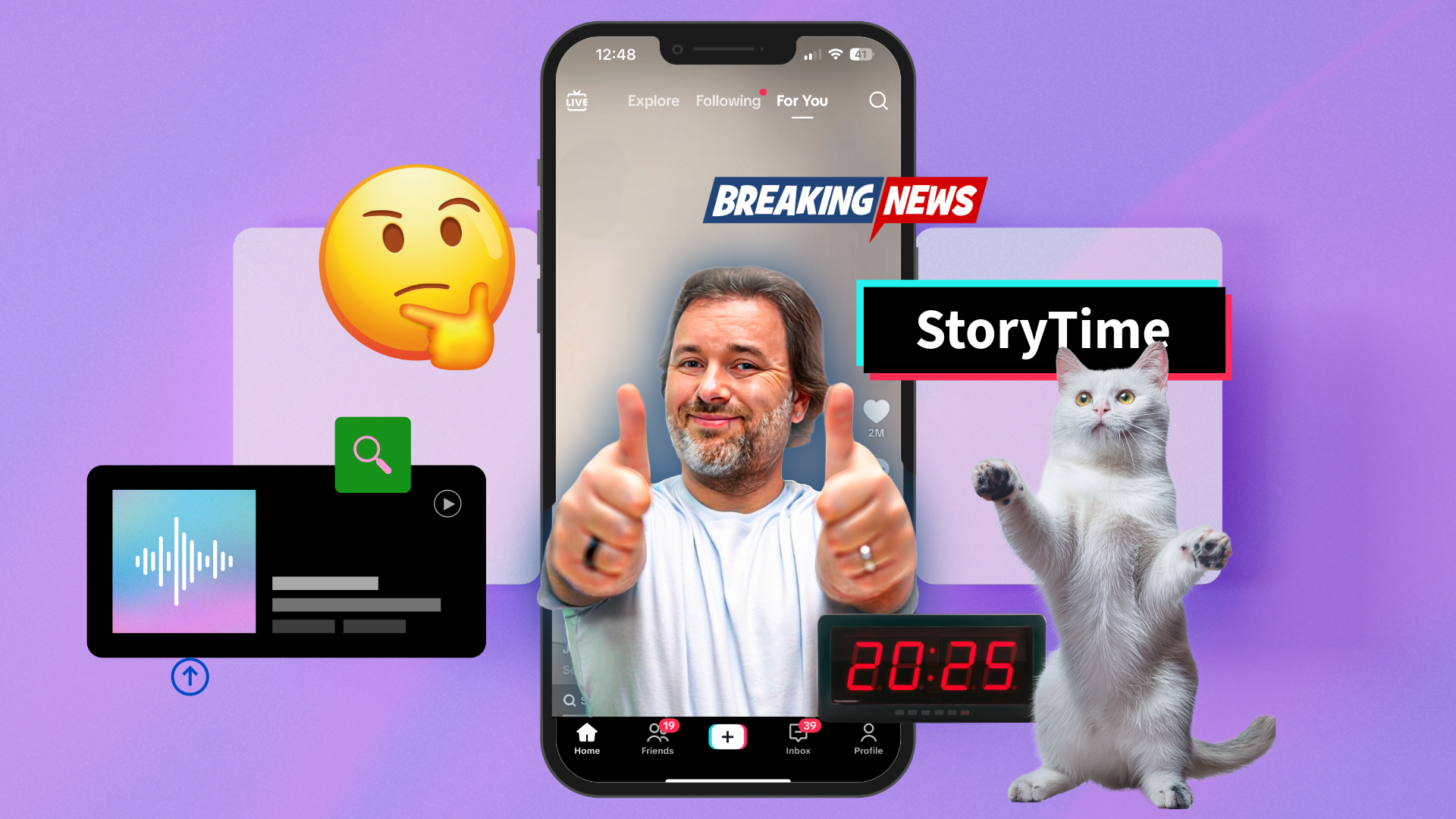
%20copy.jpg)
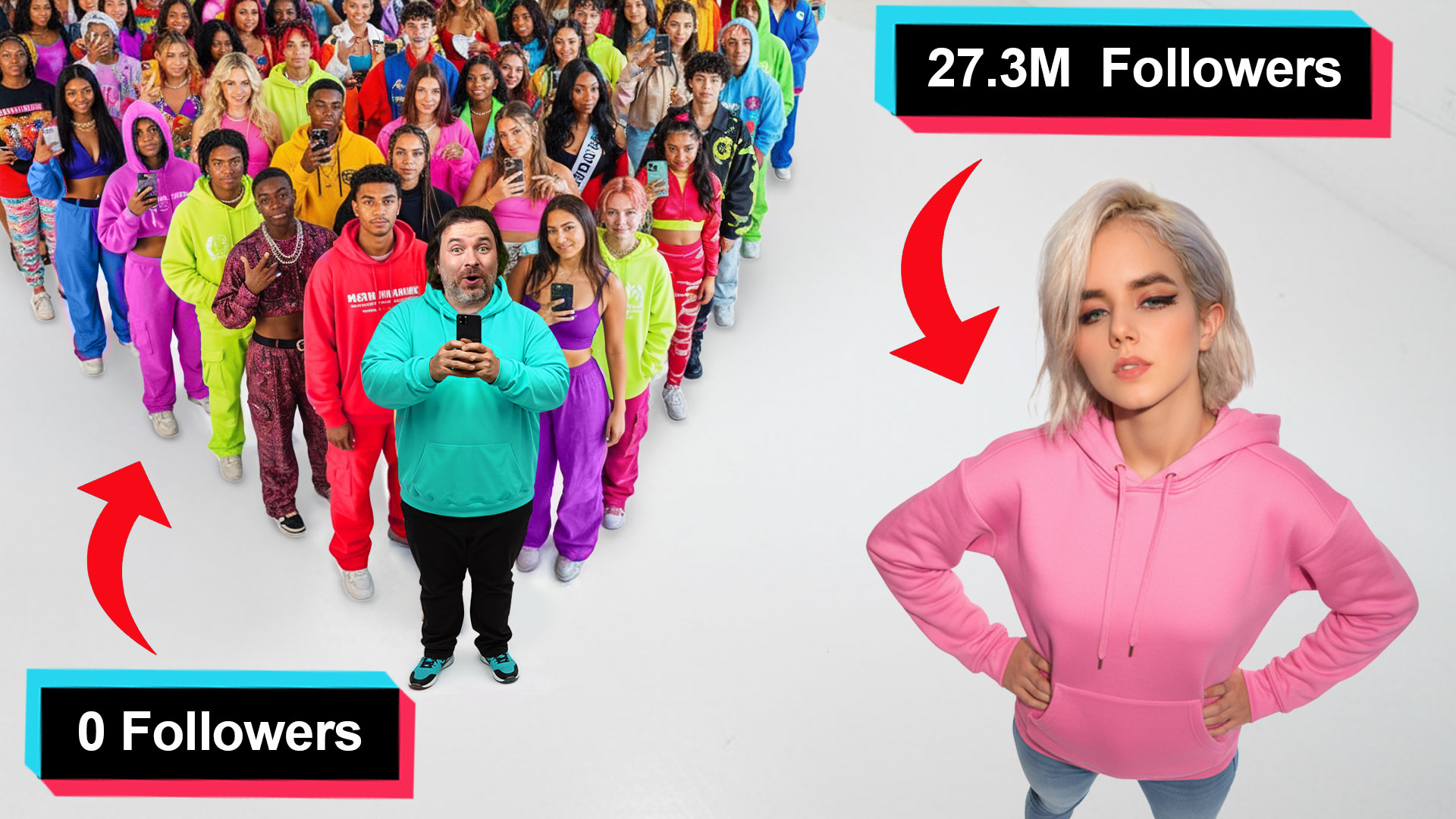
.jpg)

.jpg)
%20copy.jpg)
%20copy.jpg)
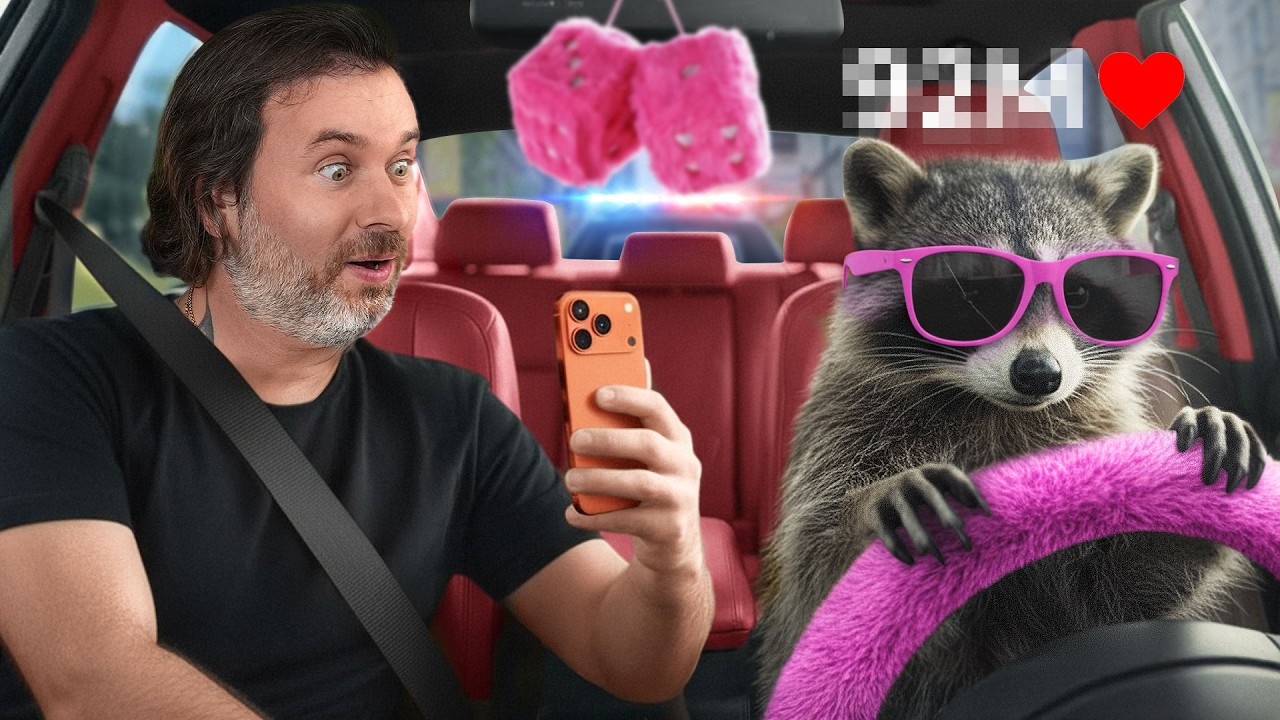


.png)
.png)

.png)
.jpg)
.jpg)
.png)
.png)
.png)


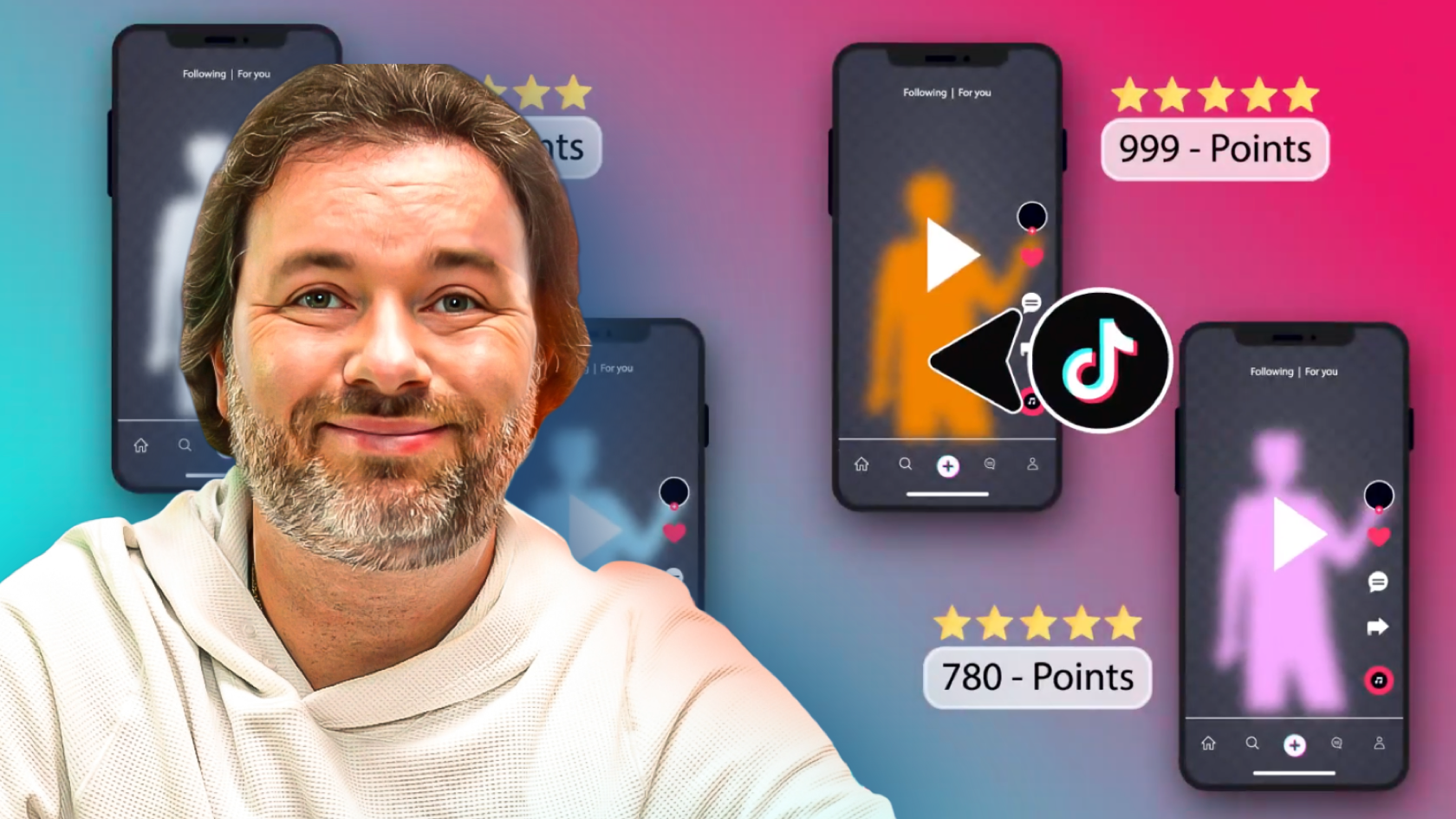
.png)
.png)
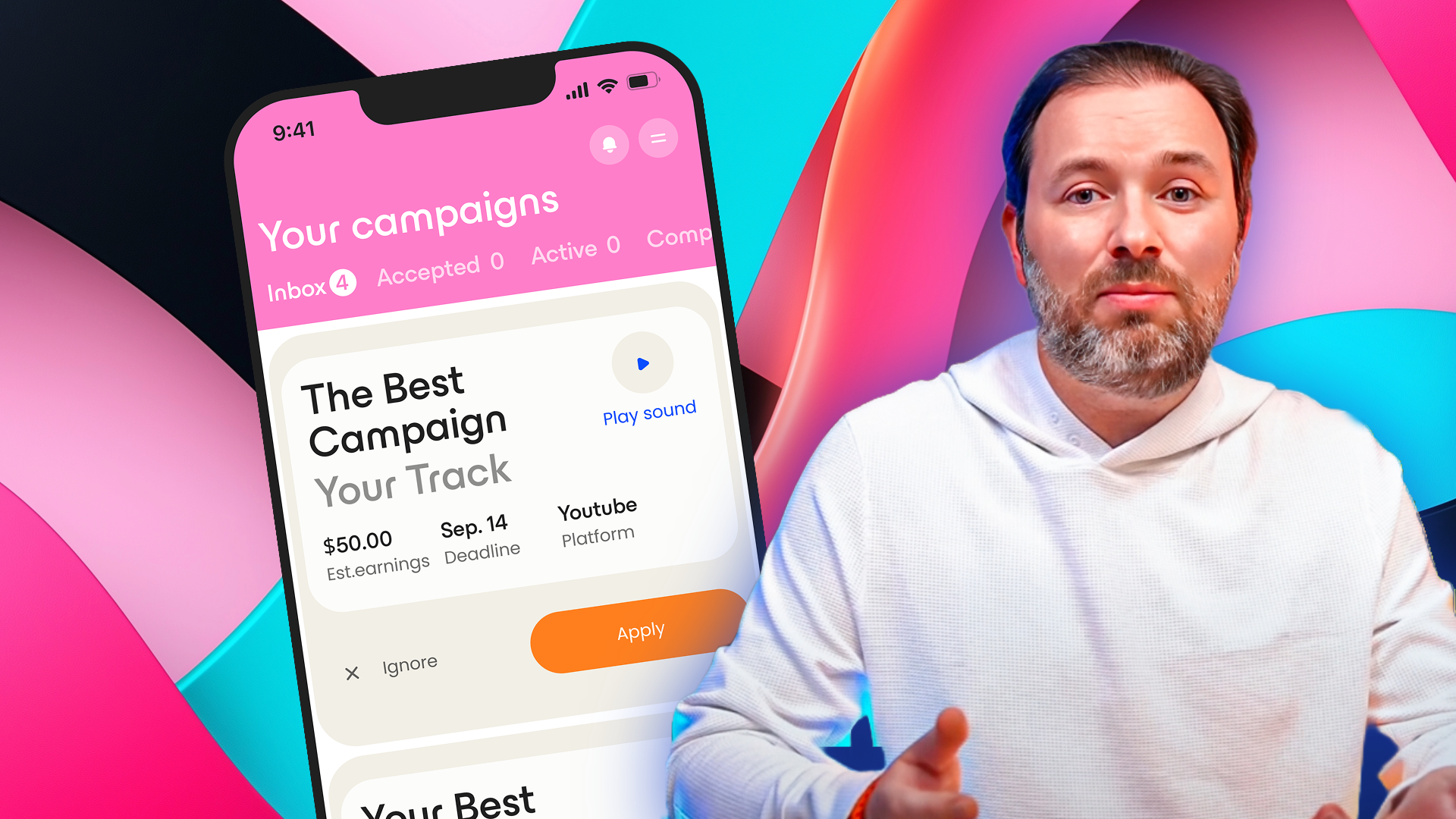
.png)
